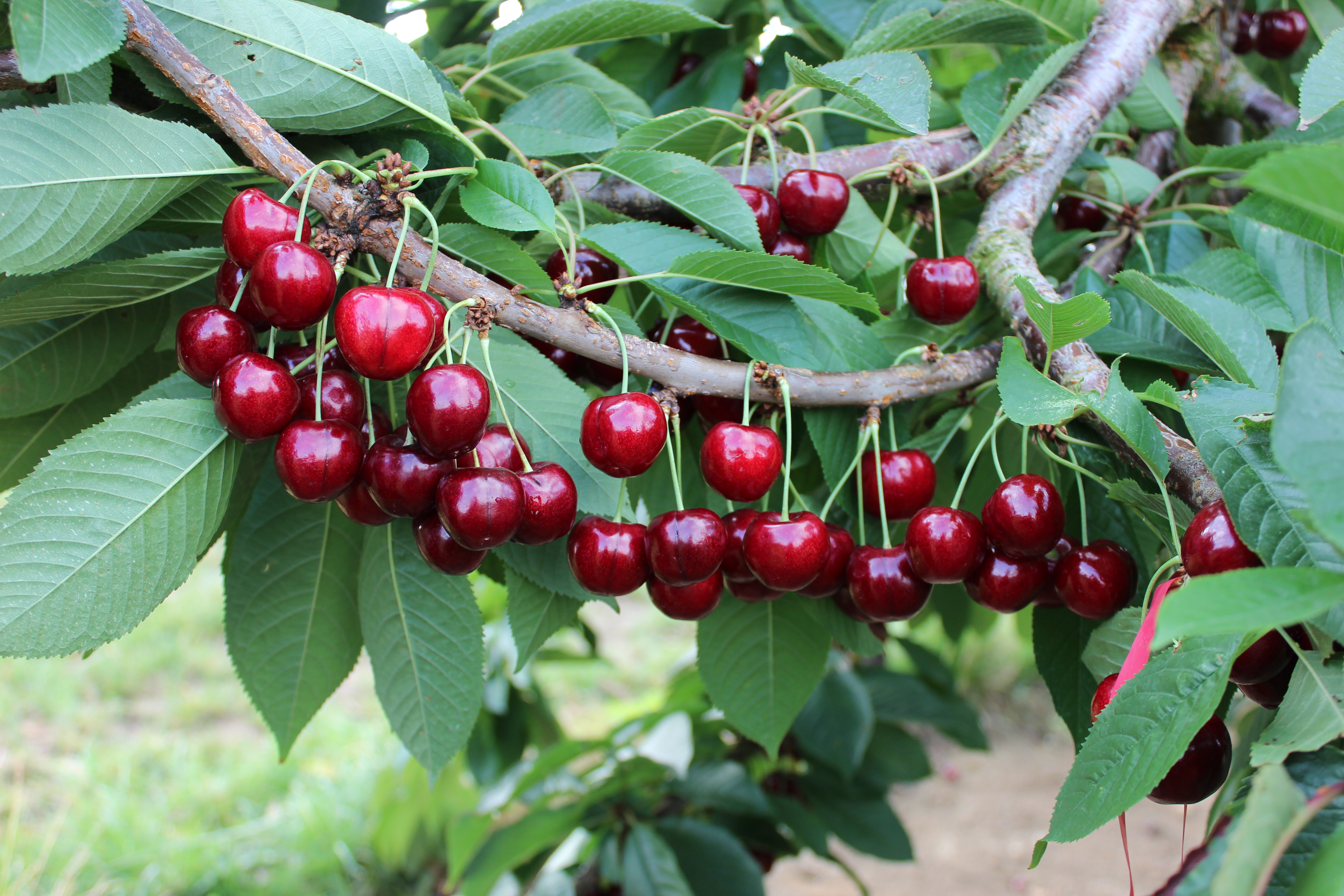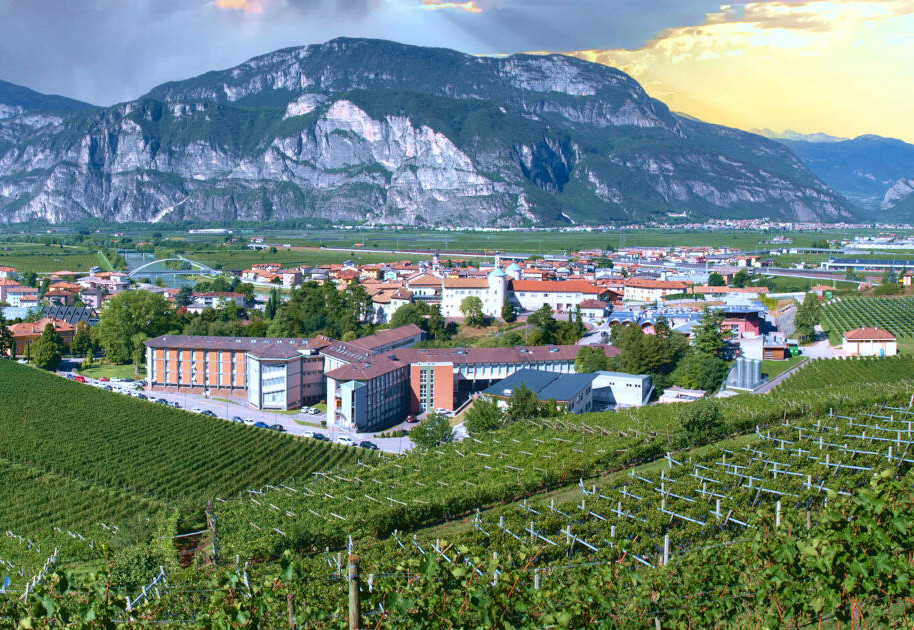The cherry supply chain in Mendoza is entering a new strategic phase: thanks to an unprecedented import of plant material from Chile, producers will now have access to high-quality plants, certified and virus-free. A long-awaited step that has finally become reality.
A historic milestone for the industry
After a long process of negotiation and binational cooperation, the Mendoza Cherry Chamber obtained authorization to import plant material from Chile. These are healthy, selected, and controlled rootstocks, essential for improving yields and the quality of local orchards.
"It is an important achievement for the entire Argentine sector," said Facundo Quirós, director of the Chamber, stressing that the result is the outcome of years of joint work between public and private institutions in both Argentina and Chile. Stakeholders involved include Senasa, the Chilean Nursery Association, the provincial government, and authorized local nurseries.

25,000 plants to relaunch production
The imported material consists of rootstocks, the base onto which the desired variety is grafted. As required by the Argentine phytosanitary protocol, the plants will remain for one year in a quarantine nursery before being transplanted to the fields.
"Having healthy, certified plant material allows long-term planning. A quality plant can last many years, ensuring productivity and profits," Quirós explained.
This first shipment includes 25,000 units, but the real value of the operation lies in starting a systemic process that could reshape the future of Argentine cherry production.
Towards a new phase
With access to high-level plant material, Mendoza can now implement a plan to expand cultivated areas and attract investment. The main production zones are concentrated in Valle de Uco, Luján de Cuyo, and Maipú, with growing experiences also in Las Heras and Lavalle. Climate change and water resource management are making new areas of the province cultivable.
"Cherry growing is a long-term investment: returns come after 4 or 5 years, but profit margins are among the highest in specialized agriculture," Quirós added. More and more producers are diversifying their crops to include cherries, attracted by their high profitability.
2025 season: lower volumes
Currently, Mendoza has about 700 hectares of cherry orchards, with an average yield of 5,000–6,000 kg per hectare. Harvesting of ultra-early varieties already begins in late October, giving the province a competitive edge in the domestic market.
"We expect the 2025 season to be slightly lower in volume than last year, but with higher-quality fruit," Quirós specified.
About 70–80% of the harvest remains for domestic consumption, even though the quality fully meets export standards. Current exports reach markets such as Europe, Southeast Asia, China, the United Arab Emirates, and Saudi Arabia. "Exports will grow in parallel with the expansion of cultivated areas," concluded the director.
Source: www.sitioandino.com
Image source: SLFS
Cherry Times - All rights reserved













